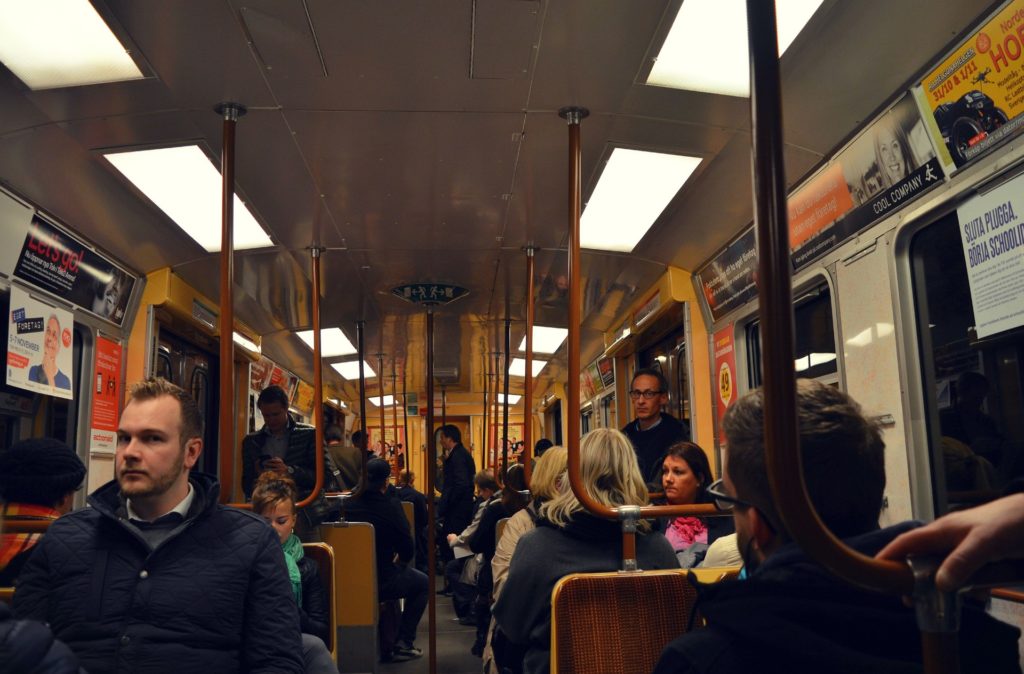A Just Mobility Transition
The sustainable mobility transition must result in affordability and accessibility for all.
Affordability and accessibility are two main pillars of present and future mobility. The transition to smart and sustainable transport will only work if it is fair and inclusive in all places. This process should start by increasing awareness of different user needs and by engaging them in the decision-making process.
Mobility precariousness mostly affects distinct groups of the population. These comprise women, people living in deprived areas lacking urban links, people with disabilities, migrants and ethnic minorities, youth, children, and people with low incomes and who may be unemployed, according to the European Commission (EC) Directorate-General for Mobility and Transport’s study on the social dimension of the future EU transport system regarding users and passengers (August 2022.)
These groups face a wide range of barriers or exclusion factors, from digitalization to a lack of coordination and resources. The risk that decarbonization and modernization of the transport system itself will exacerbate these factors is high.
Among the solutions and good practices already identified, involving different stakeholder communities in mobility strategies can be highlighted. The EC study also recommends free public transport, deployment of autonomous technologies, rural on-demand transport or services tailored to young people, disabled people, and women.
Rural youth’s mobility options
The few policies oriented to rural areas tend to focus on the concentration of aging and low-income populations. Rural youth is often disregarded, and the diversity and sustainability of urban mobility are rarely offered to this population group. Rural mobility is seen as a challenge when it could be a solution to foster the communities’ growth and the connection of economic opportunities.
“We need to give children and young people a diversity of opportunities, it’s important for their lives and their development,” explained Jessica Berg, Research Director, Mobility, Actors and Planning Processes at the Swedish National Road and Transport Institute (VTI) during the Transport and Research Arena (TRA) Conference 2022. This is important in terms of transport and mobility, and it includes health and well-being, urban design, safety, and, of course, sustainability.

To address user and citizen needs, we first need to understand them. The final user must be involved first in the research and innovation stages, and then in the regulation process, as we look at the differences between cities and rural areas, instead of neglecting the latter. Co-creation needs to become common practice.
A transport system that is not designed for or with women will not achieve its decarbonizing transport targets.
International Transport Forum.
The gender aspect
Gender strongly determines transport choice. Women make more frequent and shorter trips than men, they use more sustainable means of transport and their dependence on public transport is higher. Men tend to travel during peak hours, they have a higher rate of motorization and cycling, and are bigger users of new vehicle technologies.
If we look at the bigger picture, the gender perspective and women’s trip patterns need to be studied and considered from the strategy development and urban mobility planning stages. Key aspects for women, such as safety and security, but also simple routines like combining caring activities and domestic chores with work, must be contemplated as part of the solution.
“If we keep asking the same questions and getting the same answers, we won’t get closer to inclusive mobility,” argues Rita Jacinto, Programme Manager at the Division for Pedestrian Mobility in the City of Lisbon – “Women are disproportionately negatively affected by our current mobility systems. We need to ask different questions; we need to ask what people need in order to move to inclusive, affordable, and sustainable mobility.”
The International Transport Forum (ITF) report Gender Equality and the Role of Women in Decarbonizing Transport (September 2022) concludes that “a transport system that is not designed for or with women will not achieve its decarbonizing transport targets.” In short: a sustainable mobility transition that does not fully address affordability and accessibility for all users will never succeed.